.png)
Position of "Enough"
After Adjectives and Adverbs:
"Enough" follows adjectives and adverbs to indicate sufficiency.
Examples:
I can’t run very far. I’m not fit enough. (not enough fit)
Let’s go. We’ve waited long enough.
Before Nouns:
When used with nouns, "enough" precedes the noun.
Examples:
We have enough money. We don’t need any more.
There weren’t enough chairs. Some of us had to sit on the floor.
Standalone Usage:
"Enough" can also be used on its own, without a noun or adjective.
Example:
We don’t need more money. We have enough.
Comparing "Too" and "Not Enough":
Too implies an excess, while not enough indicates insufficiency.
Examples:
You never stop working. You work too hard. (more than necessary)
You’re lazy. You don’t work hard enough. (less than necessary)
"Too much" or "too many" implies an excessive amount, while "enough" suggests adequacy.
Examples:
∗There’s too much furniture in this room. There’s not enough space.
∗There were too many people and not enough chairs.
Enough/Too … for Somebody/Something:
Use "enough" or "too" before "for" to indicate sufficiency or excess for a specific person or thing.
Examples:
∗Does Joe have enough experience for the job?
∗This bag isn’t big enough for all my clothes.
∗That shirt is too small for you. You need a larger size.
Use "enough" or "too" before "to" to indicate sufficiency or excess to perform an action.
Examples:
∗Does Joe have enough experience to do the job?
∗Let’s get a taxi. It’s too far to walk home from here.
∗She’s not old enough to have a driving license.
Using Both For … and To … in a Sentence:
Sometimes, you may use both "for" and "to" in the same sentence.
Example:
∗The bridge is just wide enough for two cars to pass one another.
Expressing Excessive Qualities:
Use "too" to describe something as excessively hot, heavy, etc., followed by "to" + verb.
Examples:
∗The food was too hot to eat. (not to eat it)
∗These boxes are too heavy to carry. (not to carry them)
∗The wallet was too big to put in my pocket. (not to put it)
∗This chair isn’t strong enough to stand on. (not to stand on it)
Try this exercise to test your grammar.
Ready to elevate your teaching career?
Join thousands of certified educators worldwide who have transformed their careers with our internationally recognised teacher training programs.

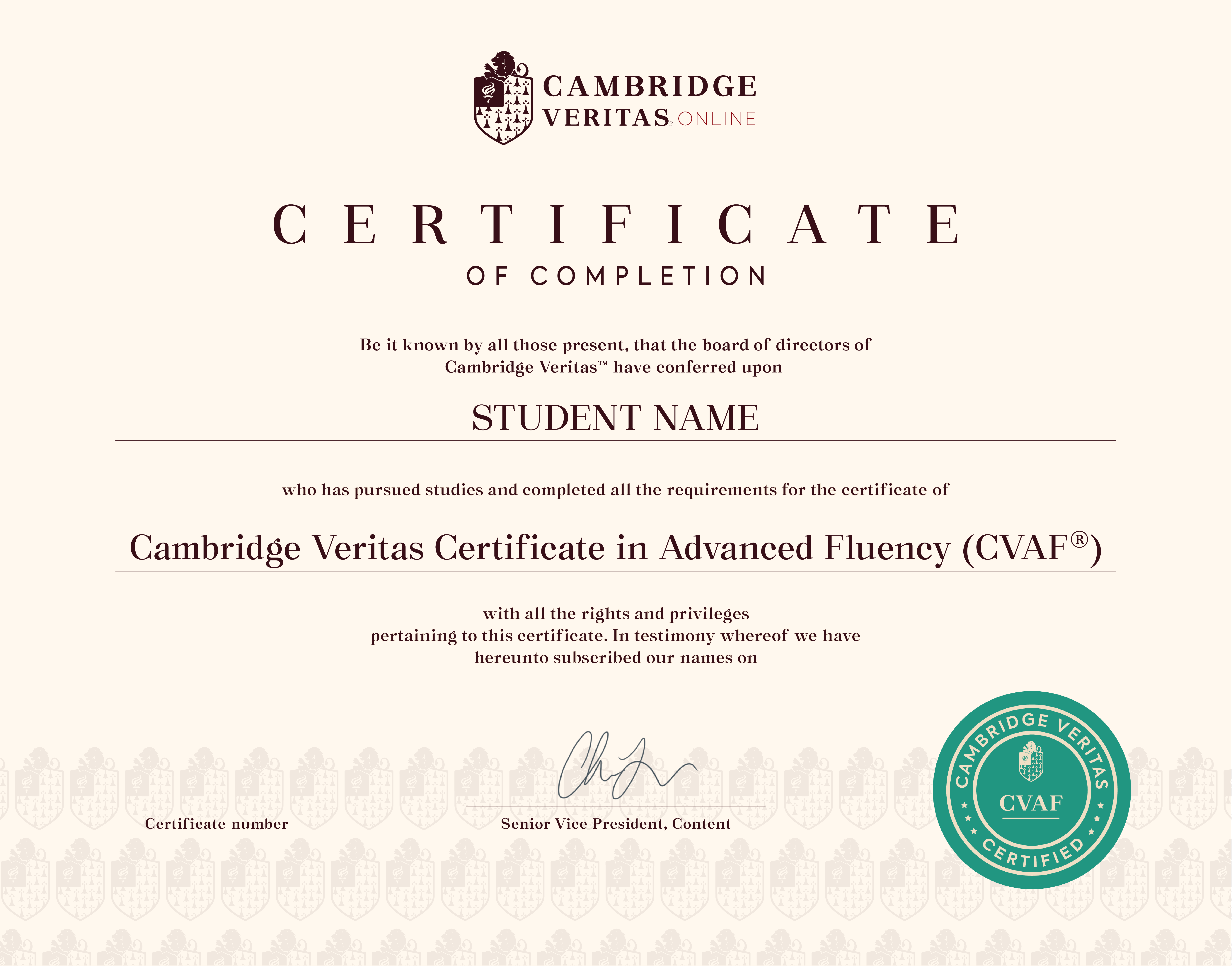
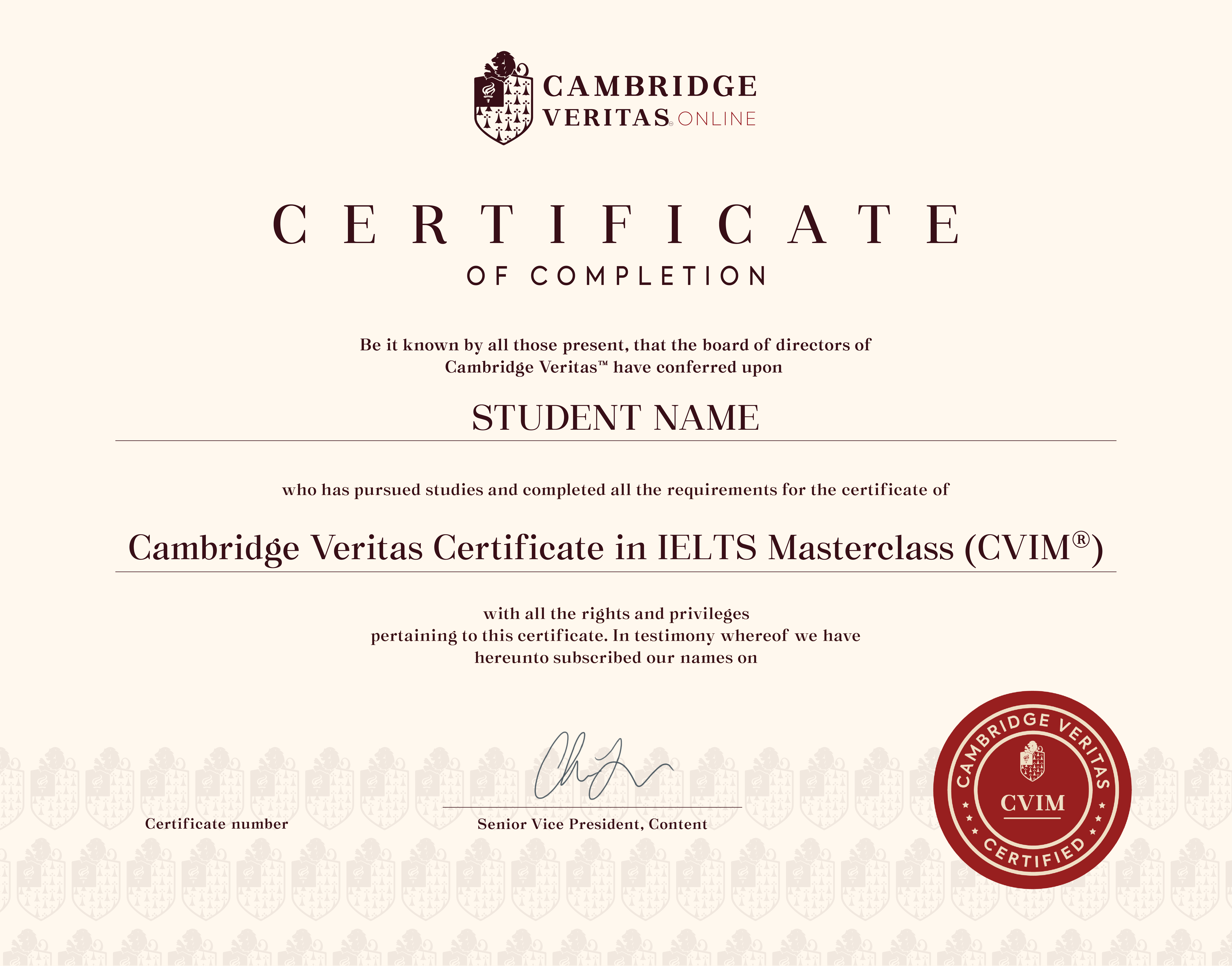
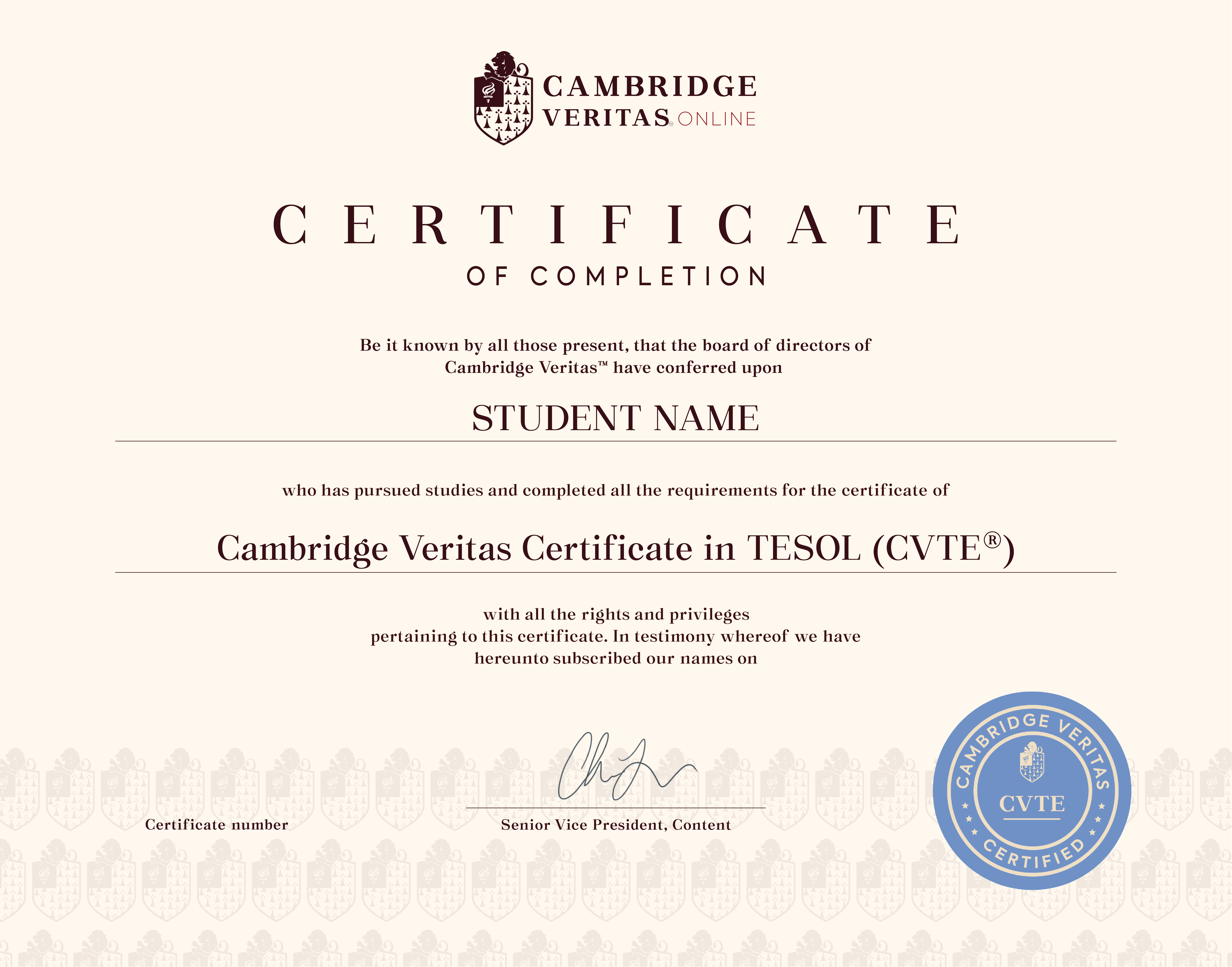
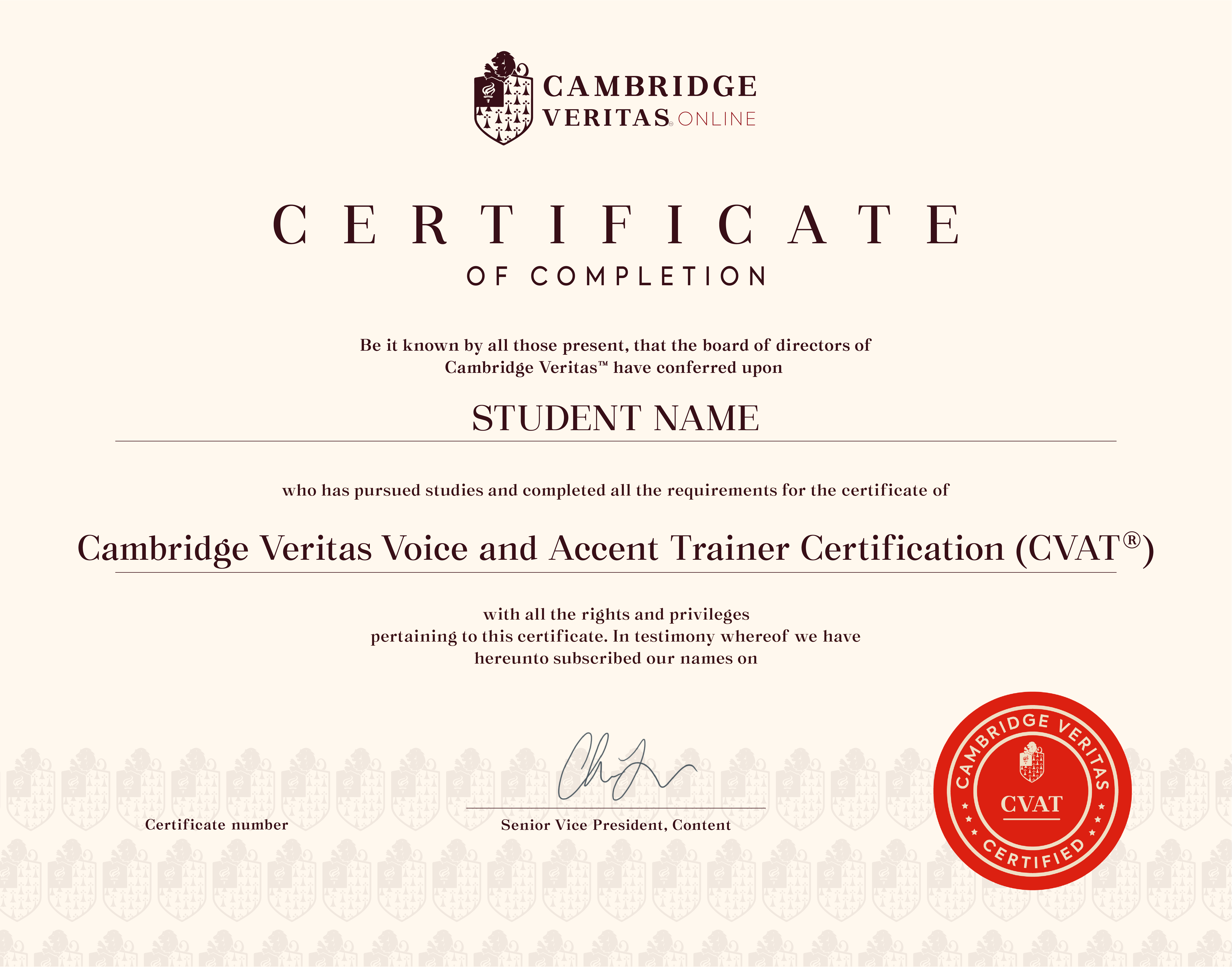
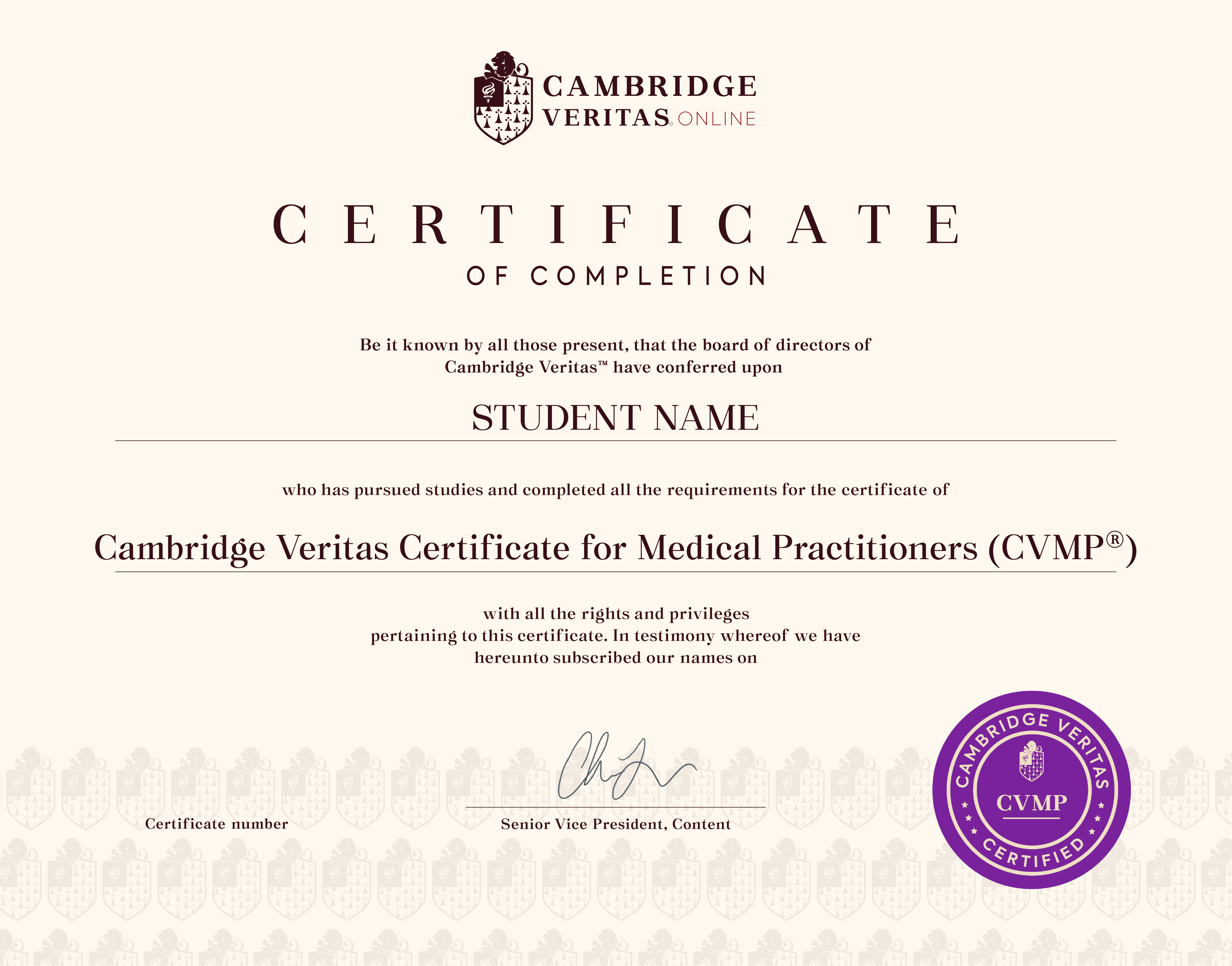
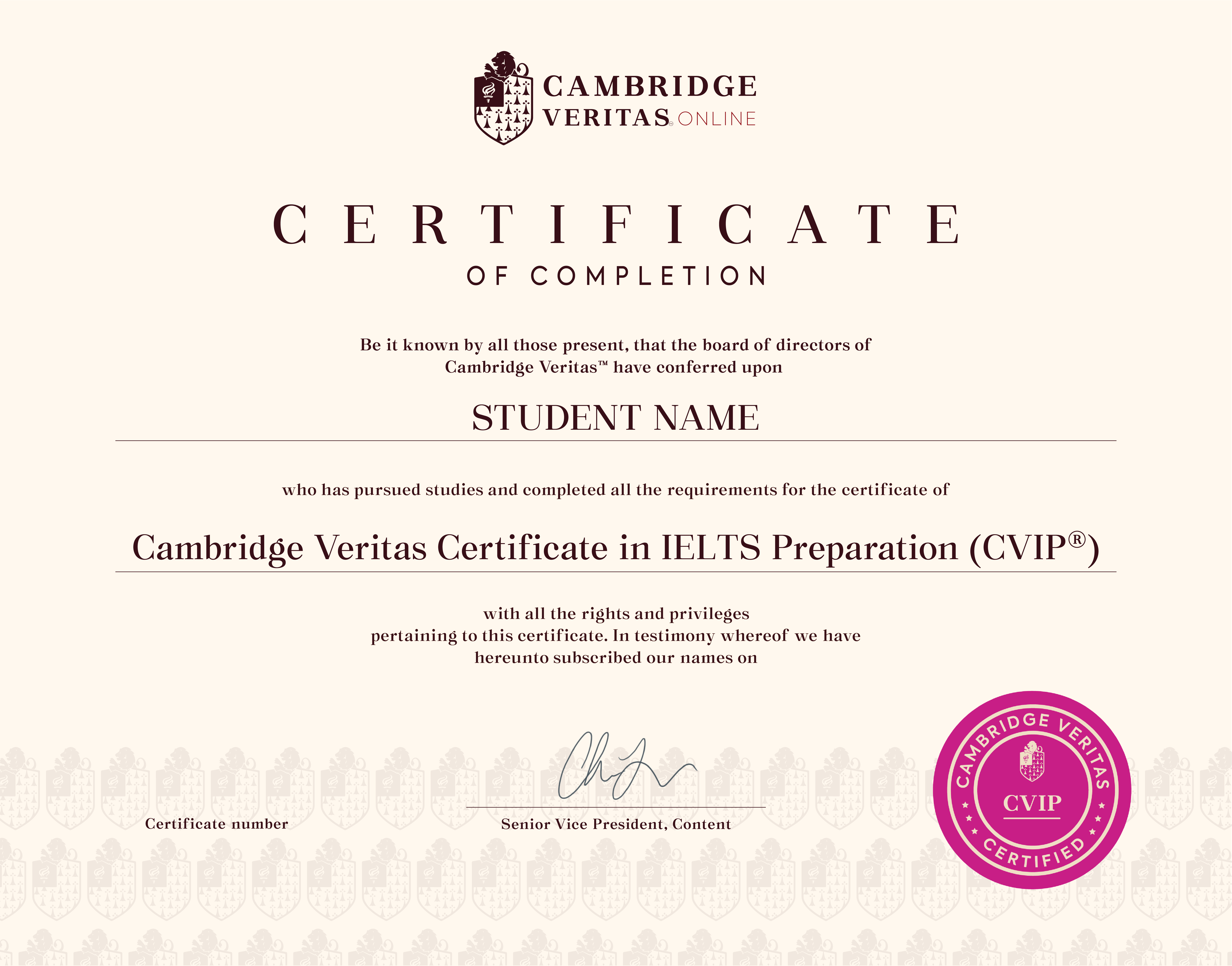



.png)
Feedback
Total score is 2 out of 8 (25%)
B1-B2 Grammar : Mastering the Use of "Enough" and "Too" in English
Choose the correct word.